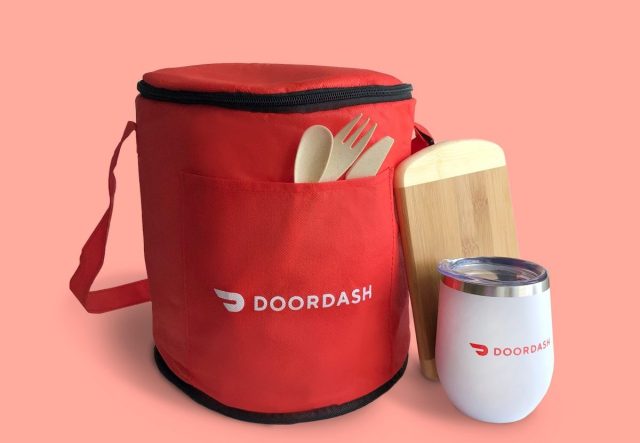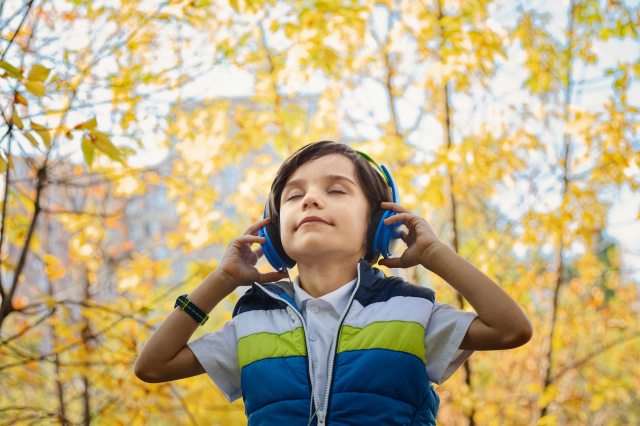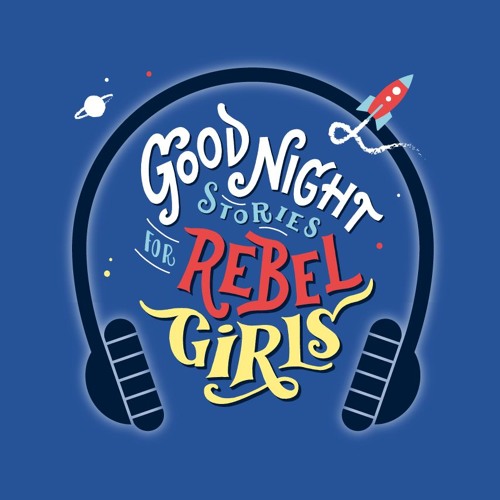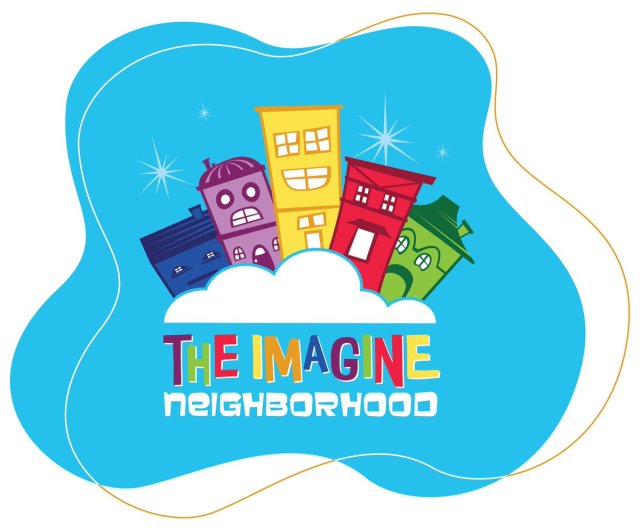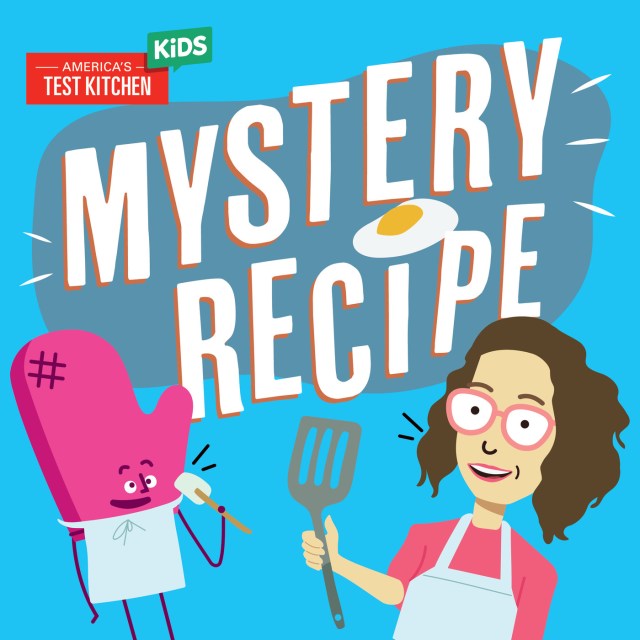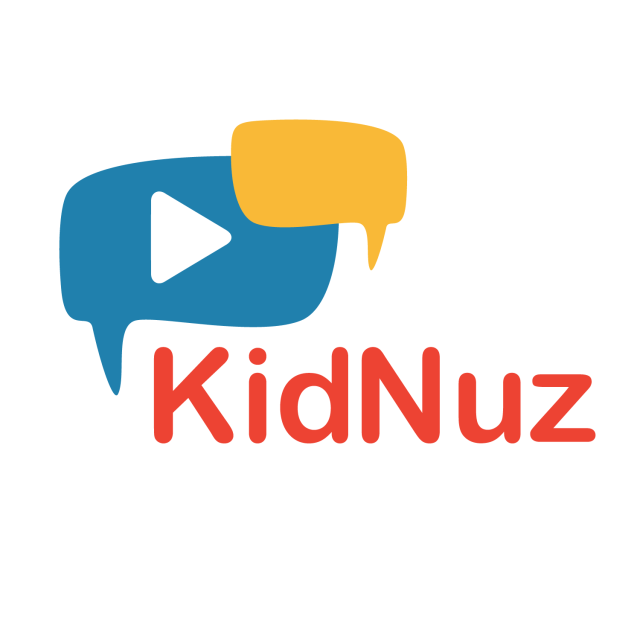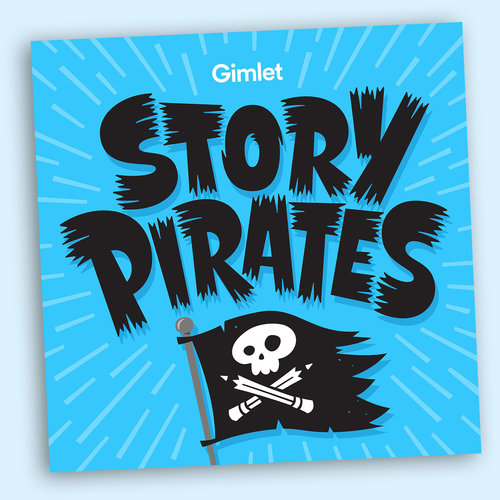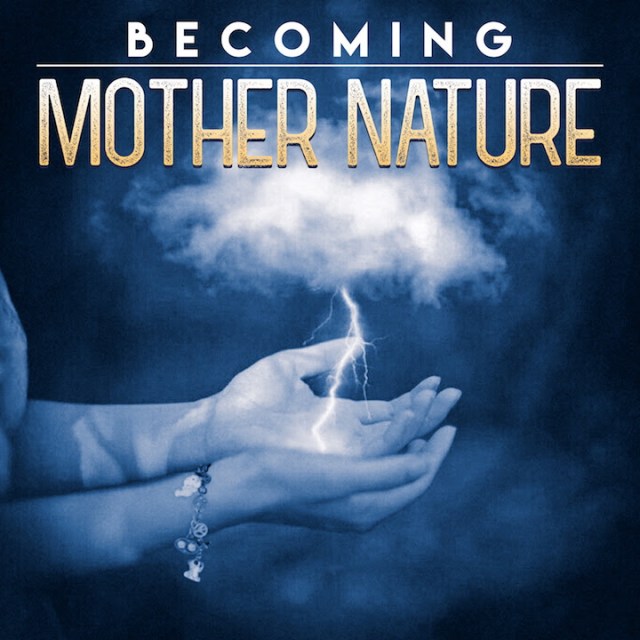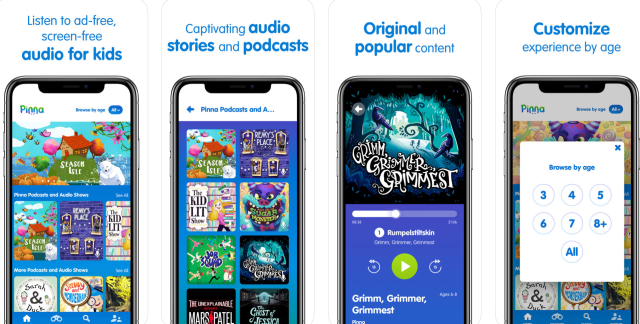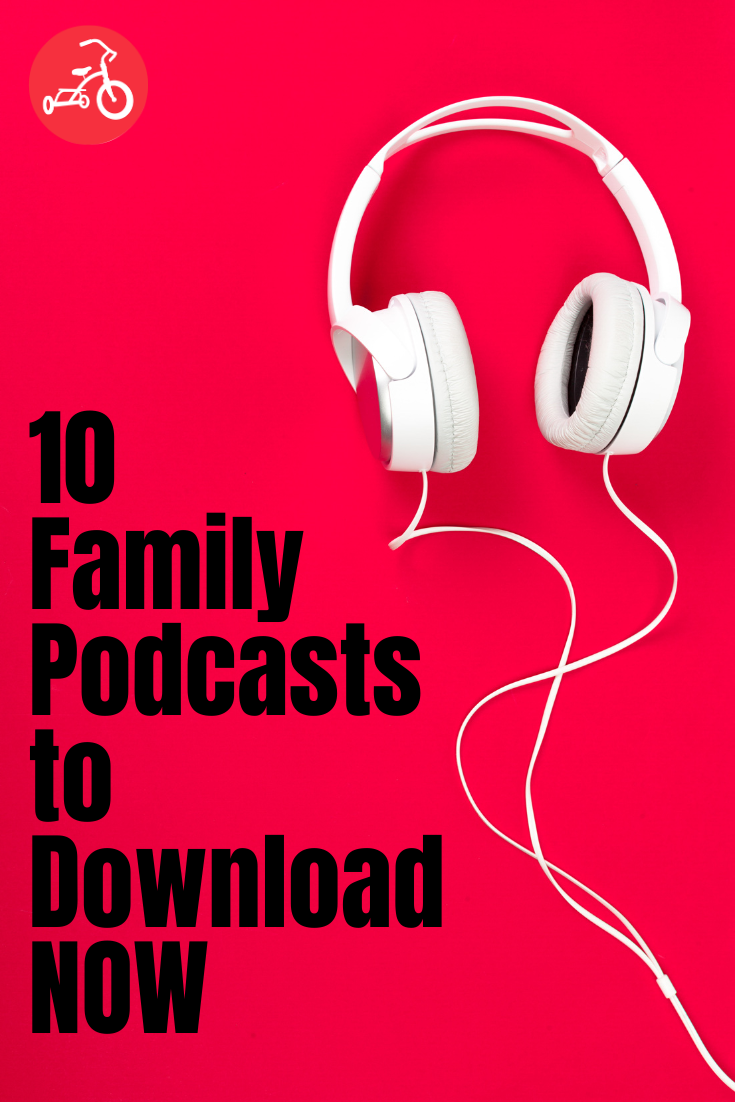Your summer may not have gone as planned. You may have booked a trip to Thailand to try some authentic Pad Thai or to Italy for some homemade one-of-a-kind pasta. DoorDash just announced a new initiative to help Americans salvage their summers.
DoorDash’s Deep Dish Survey found that 63% of Americans have cancelled a vacation due to COVID-19. What’s more, 75% said food is important in determining summer travel plans (a stat that spikes among gen-z to 86% and 84% for millennials) and over 55% prefer to order takeout while on a summer vacation.
In celebration of the trip you never got to take, and in anticipation of your (hopefully) rebooked trip, DoorDash will be sending free $20 gift cards to help curb your wanderlust, and your appetite, with the meals you were most looking forward to by recreating that experience at home.
Simply share your story of your cancelled trip with us on Twitter, tagging @DoorDash and using hashtag #LastDashOfSummer
DoorDash will DM you a $20 gift card (one per person while supplies last) to encourage users to order food from the destinations they were longing to visit this year, recreating their trip from the safety of their homes
To enhance your order-in experience, if you share a photo on Instagram of how you’re re-creating your summer plans safely at home with #LastDashOfSummer, you’ll be entered for a chance to win a limited edition Last Dash of Summer basket, created to bring the experiences of going to the beach, on a road trip, camping, and more!
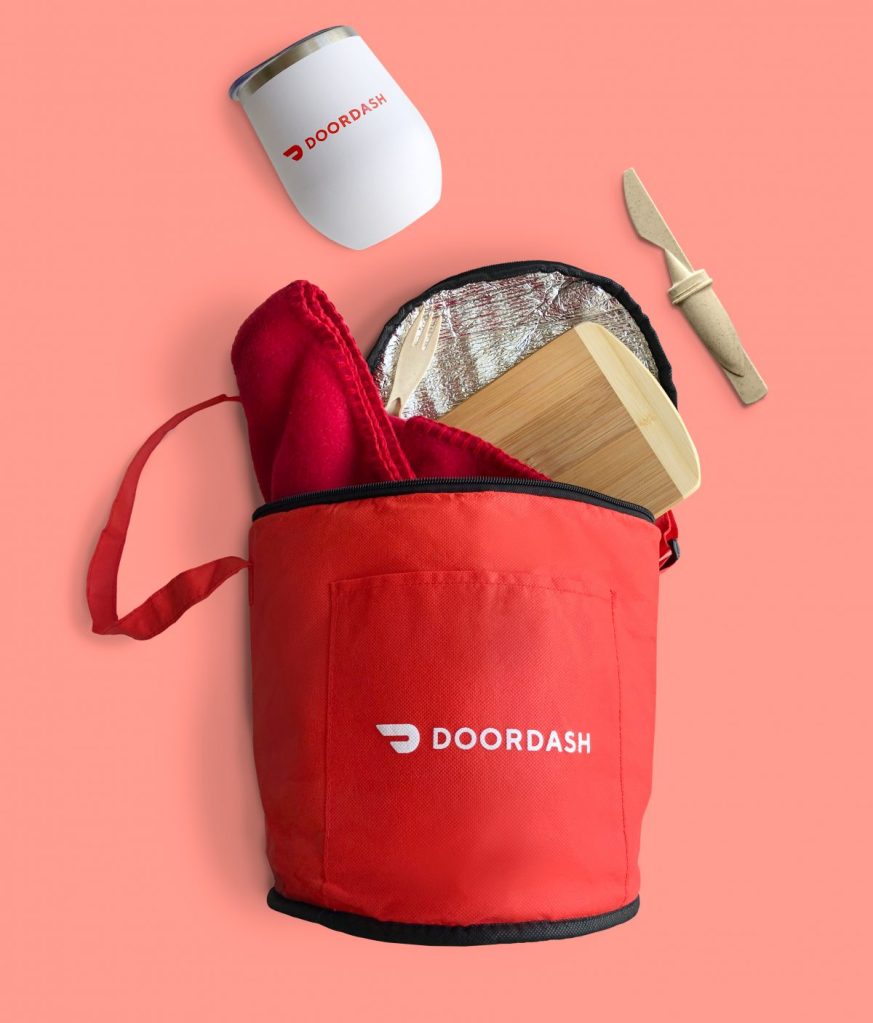
Among the limited edition baskets are:
Camping Basket: Perfect for the all levels of outdoorsiness, this basket includes a duffel bag, a National Park Collection Candle, Blue Kazoo, Wildsam Field Guides, jar of dirt, plastic mini camping toys, National Park themed socks, and a Bestie Blanket – bringing the wilderness to you.
Beach Basket: If the ocean is calling your name, this basket including a striped beach tote, frisbee, beach blanket, Zinka nose coat sunscreen, and inflatable beach balls will transport you to the beach in no time.
Road Trip Basket: If you’re itching to hit the road, this basket featuring a brand-name cooler, white fuzzy hanging dice, ‘Airstream’ figurine, Route 66 sign, and Wildsam Field Guides is a great way to satisfy your wanderlust.
Beyond enhancing the order-in-experience, for those looking to further recreate their favorite summer moments at home, DoorDash is also giving away limited-edition Last Dash Of Summer picnic kits—exclusively available via pickup to bring the magic of picnicking in the park to your home porch or backyard. Available starting on Aug.27 and while supplies last, DoorDash customers who place an order for pickup through the DoorDash app from 10 participating restaurants across the nation will receive a free Last Dash Of Summer picnic kit with their order, prepared with backyard picnic necessities to escape your daily routine and make home feel like a vacation, all while supporting a local business.
The backyard picnic kits include: a round cooler, a fleece blanket, a wine tumbler, a cutting board, a beach ball, wheat straw utensils and sanitizer wipes.
Among the participating restaurants are:
- RT Rotisserie, San Francisco: the sister restaurant of Michelin-starred Rich Table, RT Rotisserie puts a casual, counter-serve spin on roasted meats & New American sides.
- Cafe Gratitude, Los Angeles: Chef Seizan Dreux Ellis oversees the development and execution of the plant-based menu offering health-based, flavor driven cuisine of organic, plant-based (vegan) food all supportive of local farmers, sustainable and regenerative agriculture, and environmentally friendly products.
- La Pecora Bianca, New York City: locally sourced, Italian seasonal cuisine with an approachable menu emphasizing vegetables and house-made pastas.
- Surfside Taco Stand, Washington, D.C.: Since opening in 2008, Surfside has established itself as one of DC’s favorite spots for the best tacos, burritos, and fresh-Mex in town.
- Wahlburgers, Boston: fresh burgers, house-made condiments, crispy haddock, seared chicken and more from Mark Wahlberg and his brothers.
- Quartino, Chicago: authentic regional Italian small-plates including artisanal salumi, Neapolitan thin-crust pizza, house-made pasta and seasonal dishes.
- Farm Burger, Atlanta: co-founded by Jason Mann, an organic farmer & rancher and George Frangos, a hospitality veteran, Farm Burger offers locally sourced ingredients and grass fed beef burgers, alongside salads, fries and milkshakes.
- Bento Davie, Miami: quick-casual pan-asian dishes including sushi, rice and noodle bowls, and boba tea, started by two brothers, Jimmy & Johnny, with over 10 locations in Florida.
- The Burger Joint, Houston: hand-crafted burgers made with locally-sourced Texas beef & specialty milkshakes, considered by many to be ‘Houston’s Best Burger’.
- Pizzeria Vetri, Philadelphia: Founded by award-winning chef, Marc Vetri, Pizzeria Vetri offers authentic pizza made exactly the right way, using fresh ingredients, cooked in a wood-fire oven
—Jennifer Swartvagher
All photos courtesy of Door Dash
RELATED STORIES
DoorDash Releases 2020’s Biggest Food Trends in Deep Dish Report
Study Finds Parents Are Going Out of Their Way to Do *This* During the Pandemic
Get an Ice Cream Pizza from Baskin Robbins Delivered Right to Your Door
